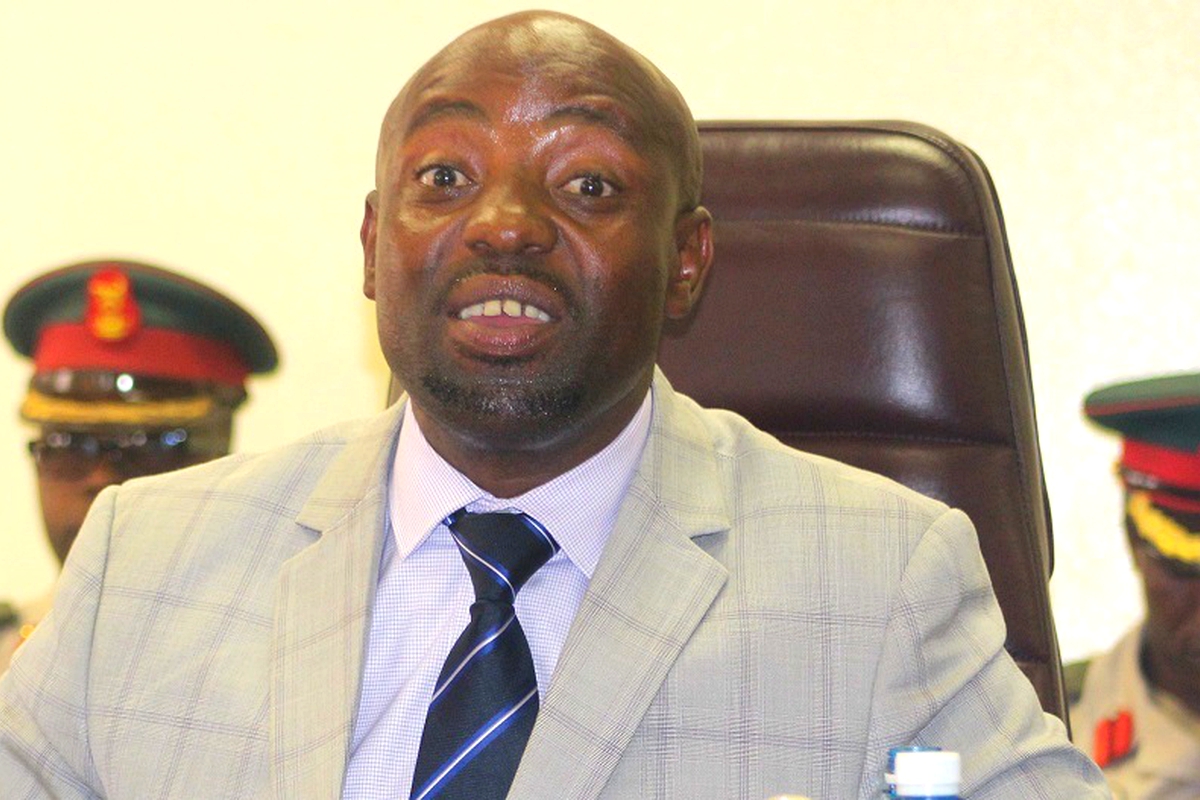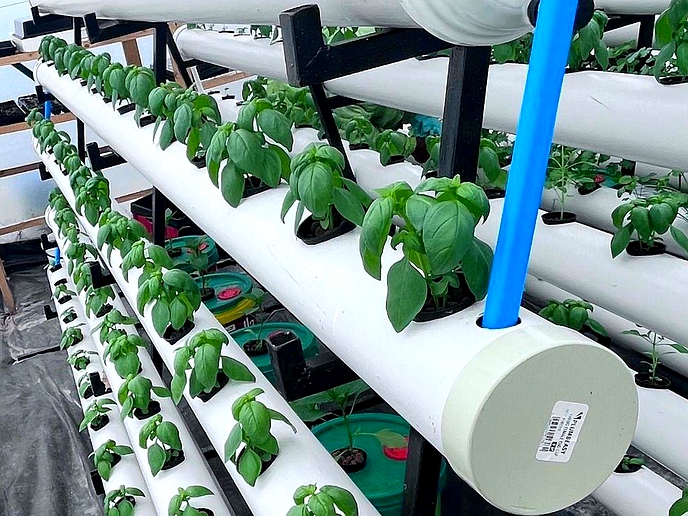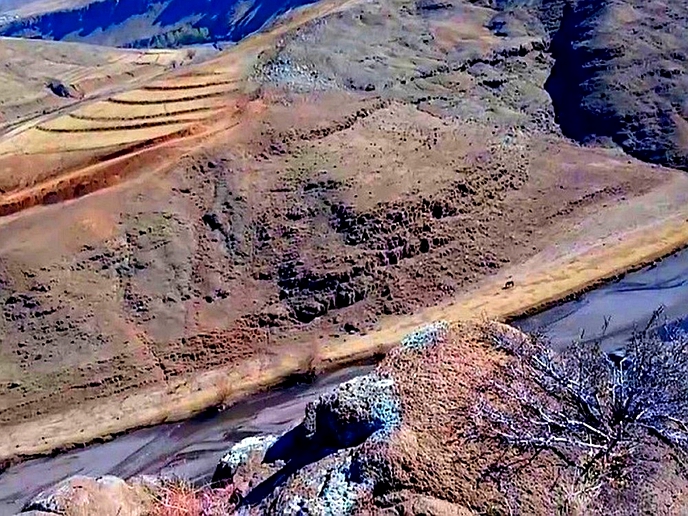THE glaring disparity in the financial records between stakeholders in the wool and mohair saga is scary and may result in the government unknowingly paying some ghost farmers while others might not get paid at all.
business
March 19, 2021
NEO SENOKO
4 min read
Govt could pay ghost farmers

The Minister of Agriculture and Food Security Tefo Mapesela
This, after shocking figures of mismatch in financial records between the Thaba-Bosiu Wool Centre, the banking sector as well as shearing centres were revealed on Monday.
Some farmers have been overpaid, others have been underpaid while another group appears to have been paid on the records of the Thaba-Bosiu Wool Centre when they have in fact not received their payments.
Cabinet has made it clear that budget for the two ministries of Small Business Development, Cooperatives and Marketing and that of Agriculture and Food Security will not be released unless the wool and mohair issues are dealt with.
The financial statements produced by the Thaba-Bosiu Wool Centre are largely different and in conflict with those produced by the local shearing centres.
The figures are confusing, and have for a long time resulted in the delay in payment of farmers who have been living in poverty since 2018.
Reports show that some of them have even died without receiving any form of payment.
In the 2018 financial year, Parliament approved the Agricultural Marketing (Wool and Mohair) regulations of 2018.
The regulations prohibited farmers from trading wool and mohair from outside of the country, forcing them to take their fibre to the Thaba-Bosiu centre in a move to localise the multimillion industry.
However, the regulations were largely rejected by farmers, arguing that the centre which is owned by the controversial Chinese Businessman Stone Shi was struggling to deliver.
Government tried but failed to come up with a solution that would see farmers welcoming a new way of doing things.
The regulations were later amended in 2019 allowing farmers to trade from anywhere they want. The operating license of the Thaba-Bosiu Wool Centre has also been suspended.
To date, scores of wool and mohair farmers are yet to receive payment from the centre having delivered their fibre back in 2018.
The wool centre has failed to pay hundreds of farmers and the government has decided to intervene and initiate the process of paying farmers from its own coffers.
How the money will be recovered remains a big question.
“Government is going to pay farmers and we will deal with the Thaba-Bosiu Wool Centre thereafter on how to recover the monies,” the agriculture minister, Tefo Mapesela said on Monday during a meeting that sought to level the playing field for the payment of farmers.
For example in Qacha’s Nek, a total of 74 wool farmers in different sheering centres are owed M 1.2 million according to records from the representatives.
Records further show that 34 other wool farmers are owed more than M115 000.
Other 96 wool farmers were underpaid to the tune of M489 000 while three mohair farmers were also underpaid an estimated amount of M4 373.
All these statistics from the district are in contrast with those produced by the Thaba-Bosiu Wool Centre.
Deputy Prime Minister Mathibeli Mokhothu has emphasised that the farmers will be paid immediately after the reconciliation process.
“This is an important issue because it is going to assist us towards being in a position to pay the farmers. We have been working around this issue for a long time now and no progress has been made, but now after this meeting we will be able to make an impact. Initially government put aside M8 million to try and put this matter into finality but the fact that figures are in conflict has made it difficult for us. But we believe that after the meeting, a solution will be reached,” Mr Mokhothu also said.
Enjoy our daily newsletter from today
Access exclusive newsletters, along with previews of new media releases.
Wool and mohair forms the bedrock of Lesotho’s economy, with producers ranging from small-hold farmers with micro-flocks, to breeders of superior gene-quality animals who manage larger numbers.
According to the Lesotho Mohair Primary Production Research Report of 2019, the industry has grown, with the country having an estimated peak of 845 000 goats in 2001, with the average goat yielding approximately 0.97 kilogrammes of mohair.
Between 1990 and 2009, Lesotho’s primary production increased by 25 percent as compared to other leading fibre-producing countries such as the United States, which declined by 93.2 percent and South Africa, which declined by 74.3 percent in the same period.
This whilst the market-share in the primary production of mohair increased from 7.3 percent in 2000 to 14.3 percent in 2009, entrenching Lesotho as the second largest producer of mohair in the world.
The figures demonstrate that the primary production sub-sector of the value chain has grown rapidly year on year, contributing to the growth of the overall economy of the country.
In the financial year 2012/2013, the country is believed to have exported more than M3 million kilograms of wool and mohair at a gross turnover of nearly M209 million.
Tailored for you






